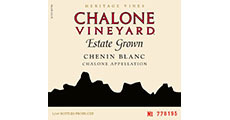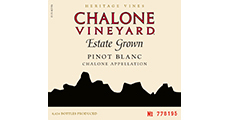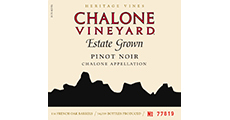"Back in the day . . . "
The five grand old names in the Napa Valley – at least in so far as it came to making great Cabernets in the post-World War II era – were (alphabetically) Beaulieu (Private Reserve), Beringer, Charles Krug (Vintage Select), Inglenook (Cask), and the smallest of the bunch, Louis M. Martini (Special Selection).
By the 1960s, Beringer was moribund, and was the first to be sold to a big corporation (Nestlés, only to end up – after a few intermediary changes – to be owned by the Australian, Treasury Wine Estates). It needed to be, the wines were pretty close to $#|+. It took 20+ years, and there’s no doubt that it was their White Zinfandel that saved them, but they are once again highly respected as a premium producer – across a wide spectrum of wines and prices. In terms of their portfolio of wines, they are (one of) the last of the “American industrial” model wineries¹. As near as I can tell, Beringer makes over a dozen different Cabernet Sauvignons . . .
Beaulieu and Inglenook were next, both being swallowed up by Heublein. The difference was that BV was an independent company, whereas Inglenook was taken over by United Vintners, which was based around Italian Swiss Colony. No wonder Inglenook was neglected and vineyards sold off, while Heublein focused on making Inglenook Navalle into a better jug wine, to compete with Almadén, Paul Masson, and eventually Taylor California Cellars – while ISC was focused on competing with the lower priced jug wines from Gallo.
This,of course, brings up the matter of the so-called GAMIT tastings, but that’s for another time . . .
BTW, Almadén had been purchased by National Distillers Corp. (NDC) in the 1940s, while Paul Masson was owned by Seagram’s. Taylor California Cellars started out owned by Coca-Cola, but was eventually acquired by Seagram’s as well.
The Louis M. Martini Winery was, and remains, a family-owned winery. It’s just changed families – the Martini family sold their winery in 2002 to the Gallo family.
And that leaves Charles Krug, which has been in the Mondavi family since 1941 (IIRC).
¹ This is my term for the virtually extinct model of “old school” U.S. wineries. In one sense, they were just like General Motors or Kellogg’s. (You want a sports car? You want a station wagon? A heavy-duty truck? We make that. You want sugary-sweet kids cereal? Corn flakes? Something with a lot of bran? We make it!) You want a White Zin? A modestly priced varietal? A truly world-class Cabernet? What about a dessert wine? “Yeah, we got that.”








